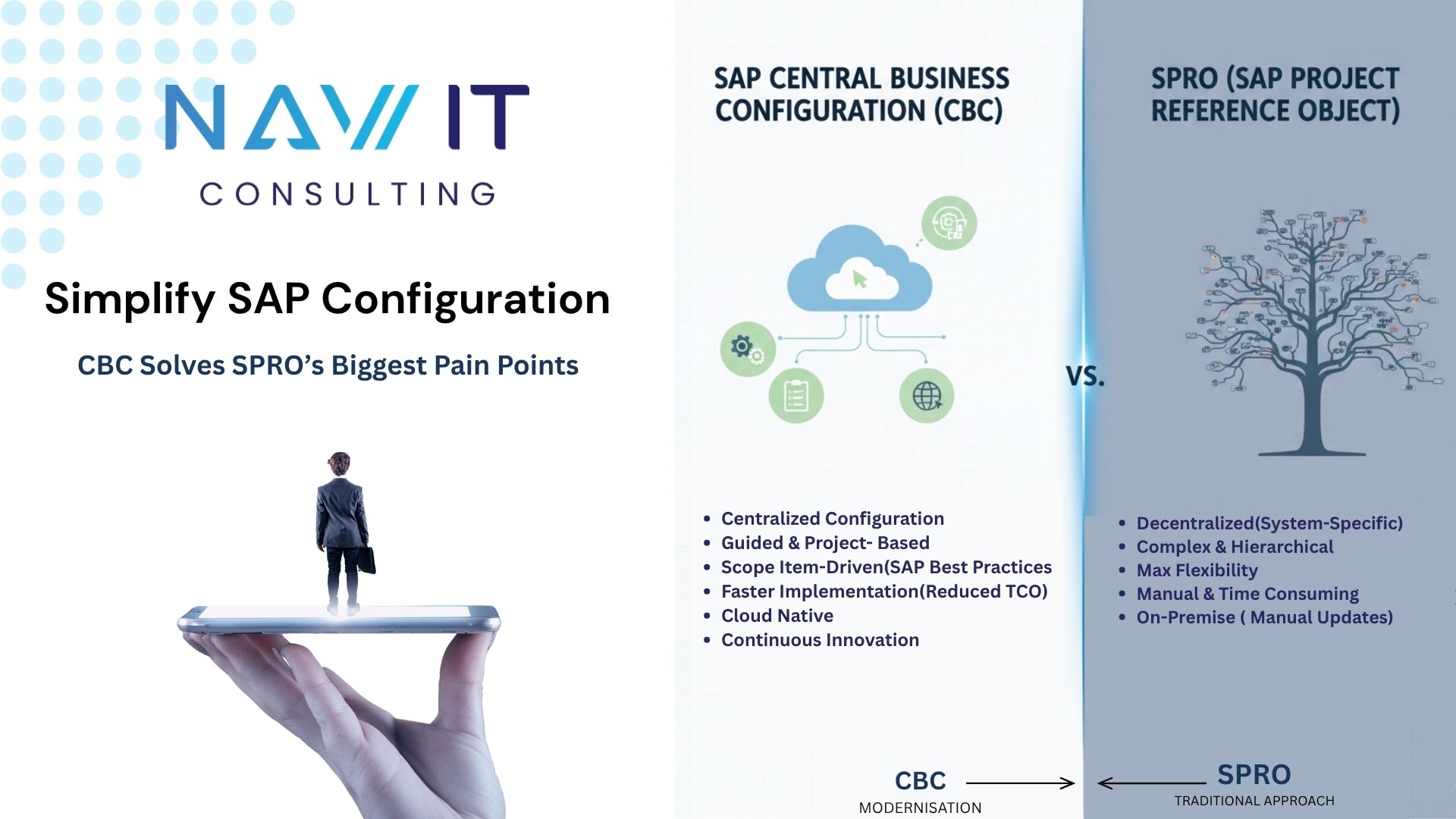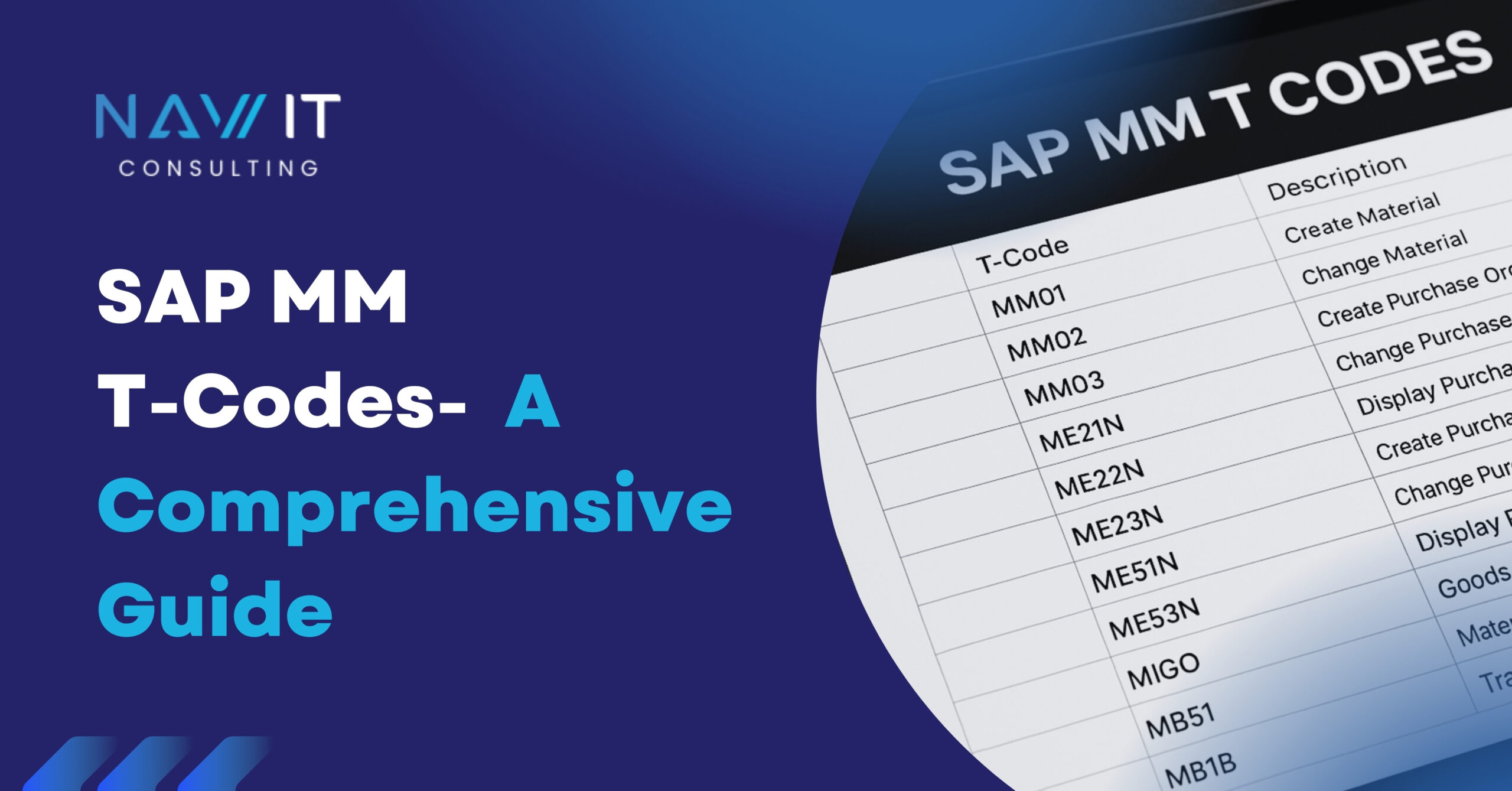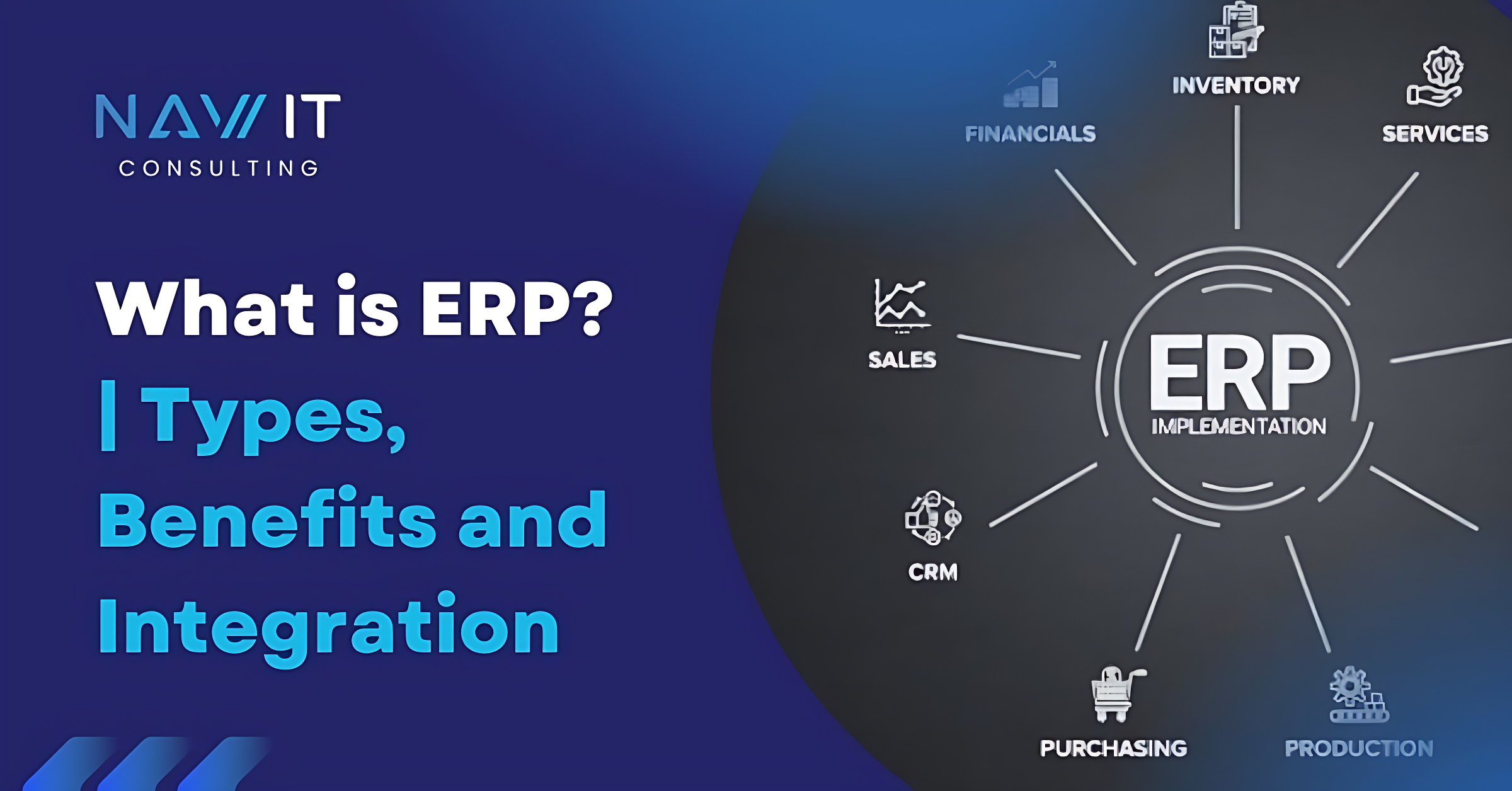Why FSMA Matters More Than Ever
Picture this: you grab a family-size bag of your favorite potato chips, tear it open, and dig in while binge-watching a series. Moments later, social media lights up with news of a massive recall of that very snack due to Listeria contamination at a contract-manufacturing plant. Overnight, the brand’s share price dips, hashtags trend, and trust evaporates.
This hypothetical nightmare mirrors real-world crises that motivated U.S. lawmakers to pass the Food Safety Modernization Act (FSMA) in 2011—the first overhaul of American food-safety law in more than 70 years. While the statute covers every segment of the food chain, it has had an especially pronounced effect on FMCG (Fast-Moving Consumer Goods)—the companies that churn out packaged foods, beverages, snacks, ready-to-eat meals, and condiments at breakneck speed.
FMCG brand managers once focused almost exclusively on taste, shelf life, and marketing. Now they must also answer deeper questions:
- Can we trace every ingredient back to its farm or hatchery?
- Do our foreign suppliers meet the same rigorous standards as domestic producers?
- If contamination occurs at 2 a.m., can we execute a pinpoint recall before sunrise?
FSMA raises the bar on all these fronts, turning food safety from a siloed “quality” function into a board-level imperative that touches R&D, procurement, logistics, legal, and even IT.
FSMA at a Glance: History, Scope, and Key Definitions
How We Got Here
Between 2006 and 2010, the United States experienced a string of large-scale foodborne illness outbreaks: spinach tainted with E. coli, peanut products carrying Salmonella, and eggs riddled with pathogenic bacteria. Public outrage, combined with the reality of a globalized food supply, convinced Congress that century-old regulations could no longer protect U.S. consumers.
Signed by President Barack Obama on January 4, 2011, FSMA transformed the mission of the Food and Drug Administration (FDA) from reactive to preventive. Rather than focusing on punishment after an outbreak, the FDA now mandates that companies prove they can stop contamination before it starts.
Key Definitions You’ll Hear Constantly
| Term | What It Means under FSMA | Why FMCG Should Care |
|---|---|---|
| Hazard | Any biological, chemical, or physical agent that could make food unsafe | Drives hazard analysis & preventive controls |
| PCQI (Preventive Controls Qualified Individual) | A trained person who develops and oversees a facility’s Food Safety Plan | Every FMCG site needs at least one |
| FSVP (Foreign Supplier Verification Program) | A system importers must use to ensure foreign suppliers meet U.S. standards | Critical for brands sourcing spices, cocoa, or exotic fruits |
| Food Defense | Measures that prevent intentional contamination (e.g., sabotage or terrorism) | Extends safety into security and HR policies |
The Purpose Behind the Law—Four Core Drivers
- Prevention over Reaction
Prior to FSMA, the FDA’s primary enforcement was after people got sick. FSMA requires companies to identify risks, set controls, and keep records continuously—shifting liability toward industry and away from consumers. - Corporate Accountability
FSMA codifies who is responsible for food safety at each link in the chain. A flavor-house in Texas cannot blame a nut supplier in Brazil; both must demonstrate documented controls. - Global Harmonization
Roughly 15 percent of America’s food supply is imported. FSMA forces overseas factories to meet the same benchmarks U.S. plants must hit—leveling the playing field and closing loopholes. - Consumer Confidence
Social media means a single contamination tweet can go viral faster than any official recall notice. FSMA seeks to prevent those tweets from ever happening by reducing illnesses, hospitalizations, and deaths.
Below, we unpack each rule in practical terms—linking USDA-style legalese to the day-to-day reality of a snack or beverage producer.
Preventive Controls for Human Food
- What It Says: Each registered food facility must maintain a written Food Safety Plan outlining hazard analysis, preventive controls, monitoring, corrective actions, verification, and record-keeping.
- FMCG Impact: Think of this as ISO 9001, HACCP, and a crystal-ball session rolled into one. Your QA manager is no longer the lone guardian; engineering, supply chain, and even marketing must feed data into the plan (e.g., promotions that spike output can change risk profiles).
Preventive Controls for Animal Food
- Applies to pet food, animal treats, and livestock feed.
- For FMCG conglomerates that produce both human snacks and pet treats, it eliminates a quality double standard—Fido’s kibbles deserve the same care as junior’s cereal.
Produce Safety Rule
- Governs water quality, worker hygiene, soil amendments, and equipment sanitation on farms that grow fresh fruits and vegetables.
- If your salsa brand buys jalapeños from a co-op in Mexico, your procurement team must verify those farms follow the rule—or switch to a certified supplier.
Foreign Supplier Verification Program (FSVP)
U.S. importers are now the border guards of food safety. They must:
- Evaluate the risk posed by each foreign supplier.
- Conduct audits, testing, or review records to verify compliance.
- Maintain meticulous documentation.
Translation: A small spice importer may need to hire a food-safety auditor or join a third-party certification scheme to satisfy large retailers.
Sanitary Transportation Rule
- Temperature control, trailer cleanliness, cross-contamination prevention, and training of drivers are mandatory.
- For FMCG firms relying on third-party logistics (3PL), carrier contracts must include FSMA clauses. Otherwise, the brand—not the trucker—pays the price if yogurt spoils in transit.
Intentional Adulteration Rule (Food Defense)
- Requires a vulnerability assessment to determine where a deliberate act could cause the most harm (mixing vats, water lines, bulk-ingredient silos).
- FMCG sites must implement mitigation strategies such as restricted access zones, tamper-evident seals, and employee background checks.
Accredited Third-Party Certification
- Enables foreign facilities to receive FDA-recognized certification through accredited auditors.
- FMCG companies sourcing from certified plants may enjoy expedited U.S. entry under the Voluntary Qualified Importer Program (VQIP).
How FSMA Is Reshaping “Fast” in Fast-Moving Consumer Goods
Speed has always been the FMCG superpower: quick innovation, rapid line changeovers, lightning-fast distribution. FSMA doesn’t slow that cadence—but it does require a new layer of rigor. Here’s how:
| Traditional FMCG Focus | FSMA-Driven Addition | Why It Matters |
|---|---|---|
| Launch new flavors quickly | Conduct hazard analysis for each formulation | An untested spice blend can introduce unforeseen allergens |
| Increase throughput | Validate that faster line speeds don’t compromise sanitation | Biofilms can form if clean-in-place cycles are shortened |
| Outsource to co-packers | Audit co-packers for FSMA compliance | Brand owner remains liable for recalls |
| Source exotic ingredients | Implement FSVP and lab testing | Foreign herbs can carry pesticide residues banned in the U.S. |
Building a Culture of Prevention: The New FSMA Mindset
Leadership Commitment
C-suite executives must treat FSMA like Sarbanes-Oxley or GDPR: a non-negotiable, enterprise-wide obligation. That means budgeting for training, equipment upgrades, and digital traceability tools—not just issuing memos.
Cross-Functional Collaboration
The days when QA “owned” food safety are gone. R&D chooses low-acid ingredients? They must model new pH risks. Marketing plans a summer promo? Operations must verify cold-chain capacity. Supply-chain teams negotiate ingredient costs? They must also scrutinize supplier certifications.
Continuous Improvement
FSMA treats a Food Safety Plan as a living document. Post-launch data, near misses, and audit findings should feed a loop of ongoing refinement. The smartest FMCG firms hold quarterly “Food Safety Kaizen” events to identify small tweaks before regulators find big gaps.
FSMA Compliance Checklist (Step-by-Step)
1. Assemble an FSMA Core Team
- Include QA, ops, engineering, procurement, legal, IT, and HR.
- Assign a PCQI for each facility.
2. Map Your Supply Chain
- Use flow diagrams to document every ingredient, process step, and distribution link.
- Identify “kill steps” (e.g., pasteurization) and vulnerable nodes.
3. Conduct Hazard Analysis
- Biological: Salmonella, E. coli, Listeria.
- Chemical: allergens, cleaning chemicals, heavy metals.
- Physical: glass shards, metal fragments, stones.
4. Define Preventive Controls
- Process controls: time/temperature parameters.
- Allergen controls: dedicated lines, label checks.
- Sanitation controls: washdown frequency, ATP swabs.
- Supply-chain controls: certificates of analysis, audit schedules.
5. Develop Monitoring Procedures
- Establish frequency (e.g., record cooker temperature every 30 minutes).
- Define responsible personnel (shift supervisor vs. line operator).
6. Specify Corrective Actions
- Hold product, rework, or dispose?
- Escalation matrix: supervisor → QA → plant manager.
7. Plan Verification & Validation
- Environmental swabbing, finished-product testing, calibration of thermometers.
- Annual third-party audits.
8. Implement Record-Keeping Systems
- Paper logs risk errors; consider cloud-based solutions with e-signatures.
- Retain records for two years (or longer for high-risk foods).
9. Launch a Comprehensive Training Program
- GMP basics for all, specialized modules for sanitation crews, forklift drivers, and maintenance techs.
- Refresh annually; document attendance.
10. Conduct Mock Recalls
- At least twice a year.
- Aim to trace and retrieve 100 percent of affected lots within two hours.
11. Audit Your Transportation Network
- Review carrier cleaning logs, reefer temperature records, and driver training certificates.
12. Reevaluate Annually—or Sooner if Something Changes
- New equipment, packaging redesigns, or ingredient swaps require immediate plan updates.
Digital Tools & Technologies That Make Compliance Easier
| Tool Category | How It Helps FSMA | Example Vendors |
|---|---|---|
| ERP with Traceability | Links purchase orders to production lots and shipping manifests | SAP, Oracle Netsuite |
| IoT Sensors | Continuous temperature monitoring & real-time alerts | Emerson, Thermo King |
| Blockchain Platforms | Immutable ingredient provenance | IBM Food Trust |
| Digital QA Checklists | Replace paper logs, enable photo evidence | SafetyChain, iAuditor |
| AI-Driven Predictive Analytics | Identify patterns leading to deviations | Microsoft Azure Machine Learning |
Investing in these technologies not only simplifies audits but can also shorten recall windows, saving both money and reputational capital.
Common Pitfalls and How to Avoid Them
1. Treating FSMA as a One-Time Project
- Fix: Establish an evergreen budget for continuous improvement.
2. Over-reliance on Paper Records
- Fix: Migrate to digitized systems with automatic time stamps and version control.
3. Ignoring Upstream Risks
- Fix: Audit suppliers with the same rigor you apply internally; use scorecards.
4. Poor Change Management
- Fix: Implement a formal Management of Change (MOC) procedure so every formulation tweak triggers a food-safety reassessment.
5. Training Fatigue
- Fix: Use micro-learning modules, quizzes, and gamification to keep employees engaged.
Looking Ahead: Emerging Trends in Food Safety Regulation
- Whole-Genome Sequencing (WGS): The FDA’s GenomeTrakr network allows investigators to match pathogens in food to those in patients with unprecedented accuracy—making “trace” failures instantly visible.
- Smart Packaging: Time-temperature integrators (TTIs) and NFC chips may soon signal if cold-chain integrity has been breached, offering brands real-time data and consumers added assurance.
- Global Convergence: The EU’s Farm-to-Fork strategy and China’s new GB standards are moving toward FSMA-like prevention. Multinational FMCG firms can leverage harmonized systems across continents.
- ESG & Sustainability: Investors now link food safety to environmental and social governance metrics. Transparent FSMA compliance can strengthen ESG scores and attract capital.
Conclusion: Turning Compliance Into Competitive Advantage
FSMA has transformed the food landscape from farm to forklift to front-of-store. For FMCG brands, compliance can feel daunting—but it also offers a blueprint for operational excellence. Companies that master preventive controls not only avoid recalls; they also streamline processes, win retailer trust, and command consumer loyalty in a crowded aisle.
Regulation will continue to evolve, pathogens will adapt, and supply chains will stretch across ever more borders. Yet the core principle behind FSMA—protect the consumer before a crisis hits—will remain timeless. FMCG leaders who embed that principle into their culture today will write the success stories of tomorrow.
FAQs About FSMA Compliance Checklist
Q1. What exactly is FSMA and why should FMCG companies care?
FSMA is a U.S. law mandating preventive food-safety controls. FMCG companies face direct liability, potential recalls, fines, and brand damage if they fail to comply.
Q2. Which of the seven rules tend to trip companies up the most?
The Foreign Supplier Verification Program and Intentional Adulteration Rule often surprise firms because they extend responsibility beyond the factory walls to overseas partners and internal security.
Q3. How often must we update our Food Safety Plan?
At minimum every three years, but immediately after any significant change—new ingredients, processes, or equipment.
Q4. Are small businesses exempt?
Some very small businesses receive modified requirements or extended deadlines, but exemptions are narrow. Always check FDA guidance before assuming relief.
Q5. Can digital records replace paper completely?
Yes, if they meet FDA criteria for authenticity, integrity, and readability. Electronic signatures must comply with 21 CFR Part 11 guidelines.









